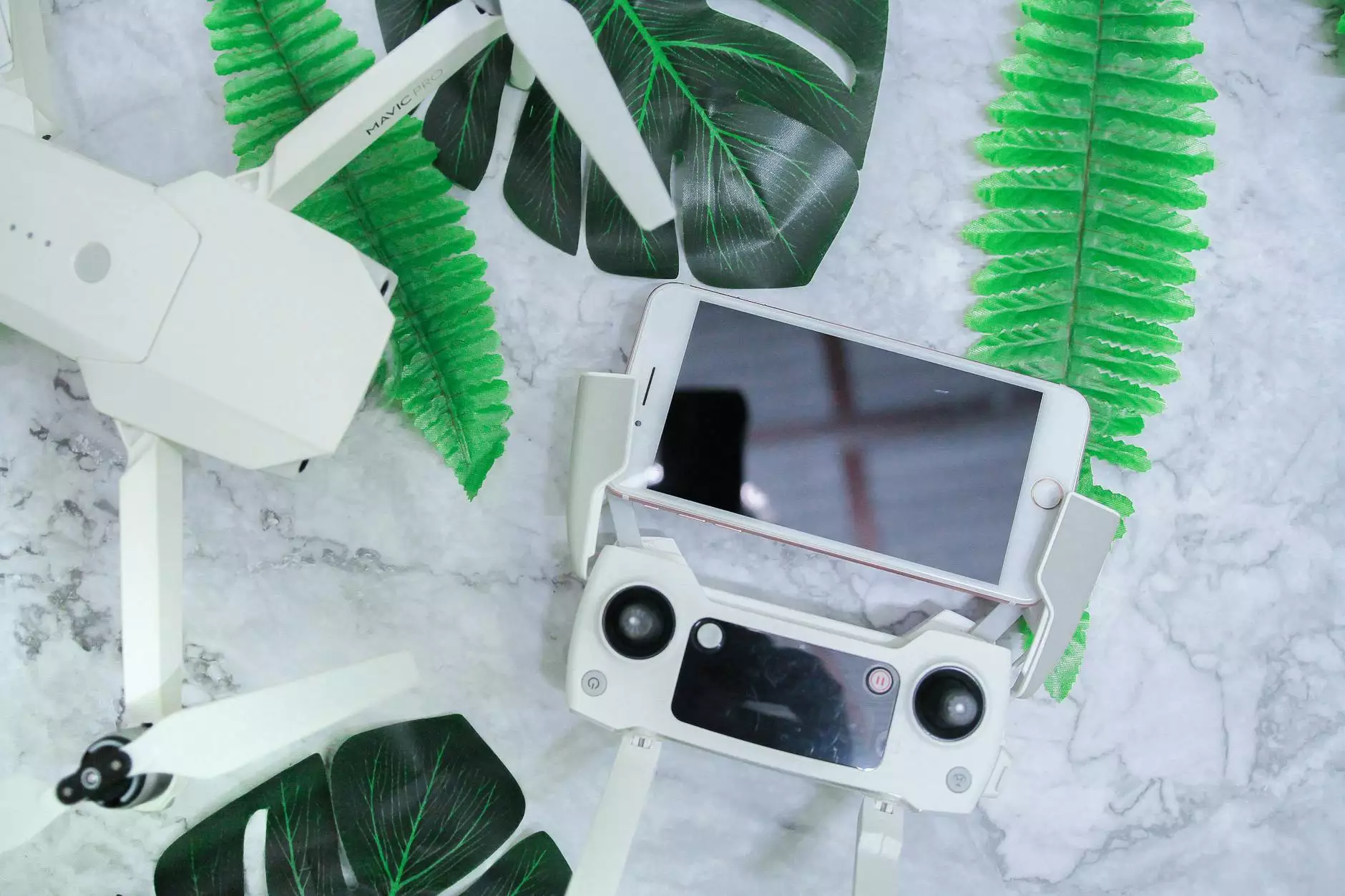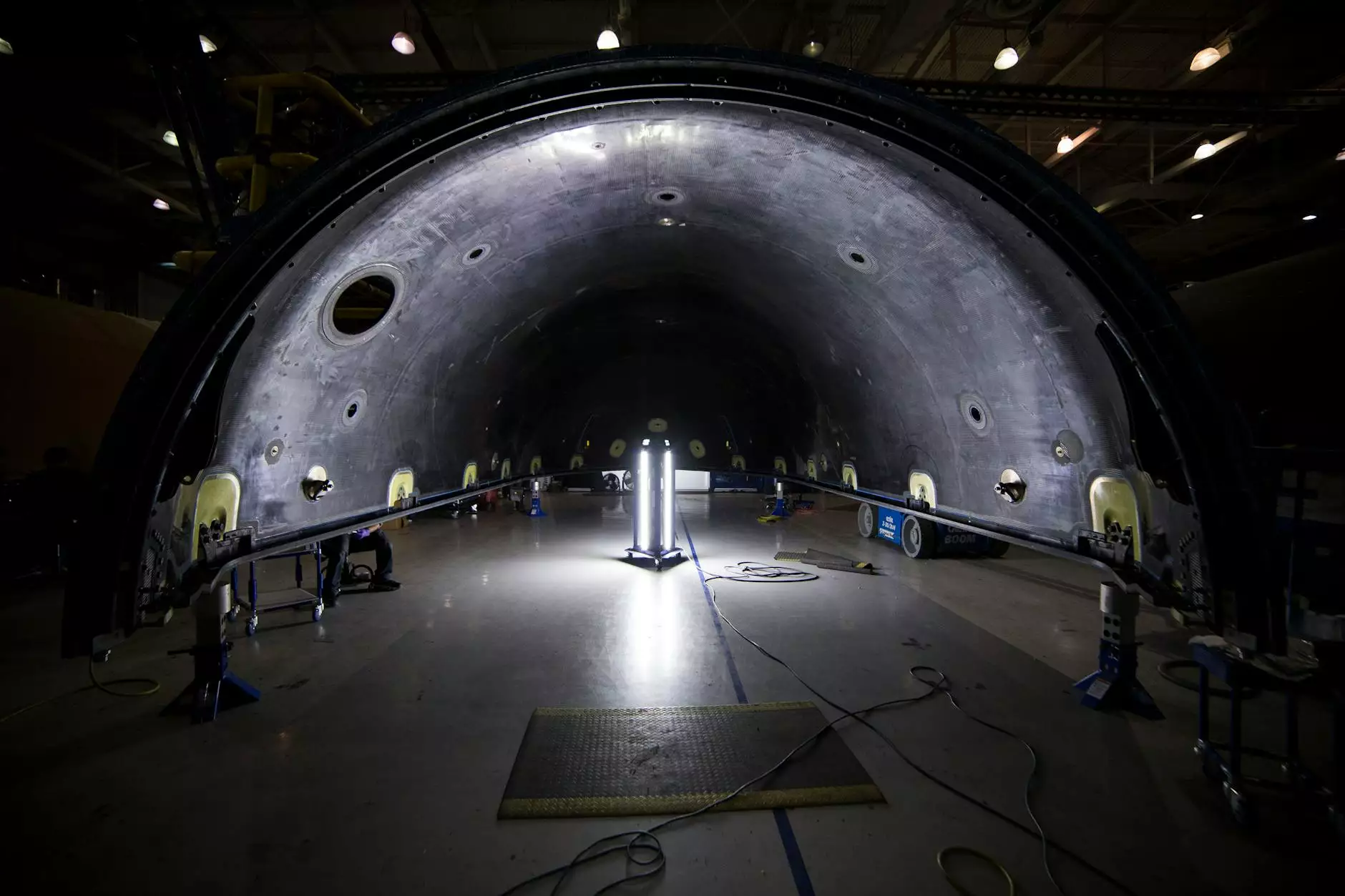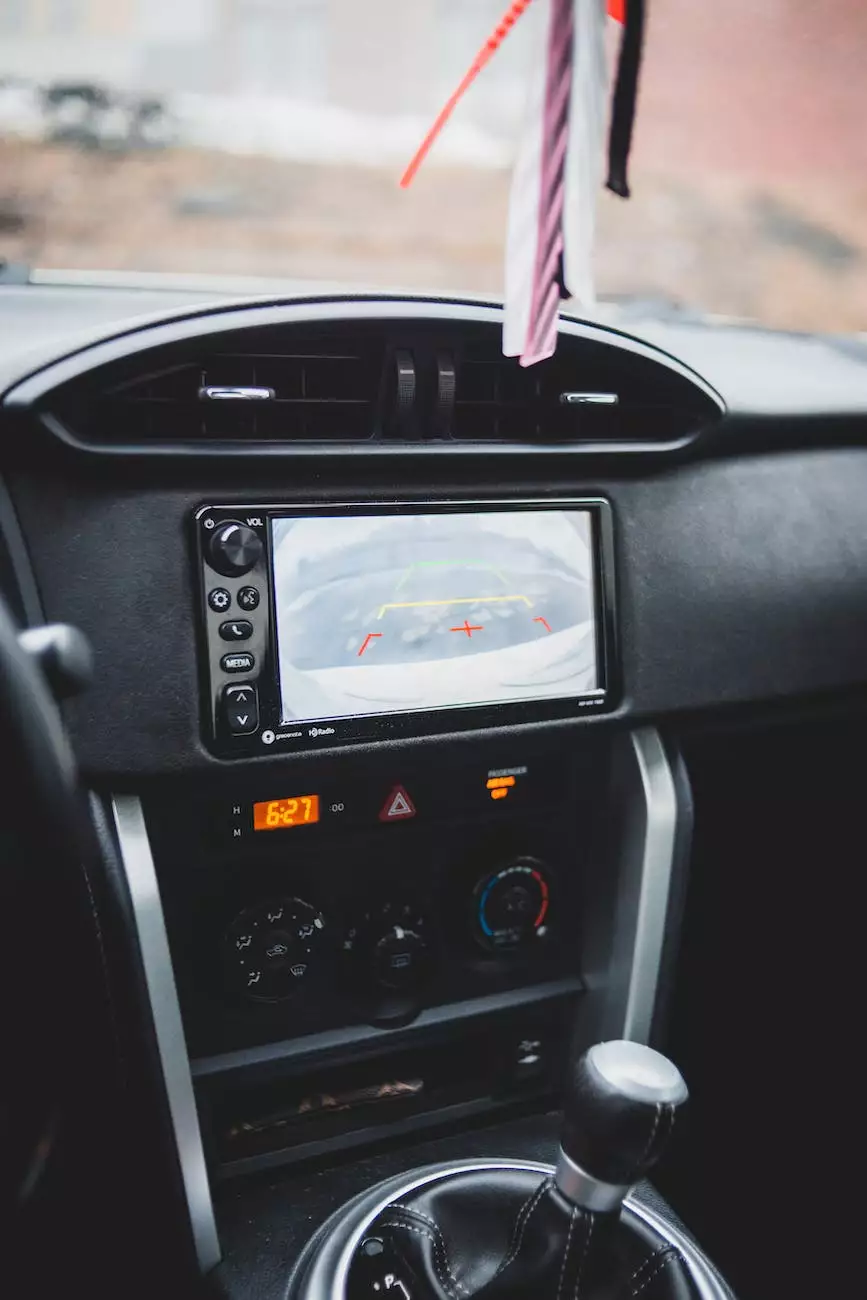How to Develop an App for the Internet of Things (IoT)
Design & Build Services
Introduction
Welcome to RPM Design and Prototype, your trusted partner in developing cutting-edge Internet of Things (IoT) applications. In this comprehensive guide, we will take you through the steps to create an amazing IoT app that will set your business apart from the competition.
Understanding the Internet of Things (IoT)
Before diving into the development process, it's important to understand what the Internet of Things (IoT) is all about. Simply put, IoT refers to the network of interconnected devices and objects that can communicate and exchange data. These devices can range from everyday appliances to industrial machinery, enabling seamless automation and data-driven decision-making.
Identify Your Objectives
Prior to starting the development of your IoT app, it is crucial to clearly define your objectives. Ask yourself what problems you aim to solve or what value you want to deliver to your target audience. By establishing clear goals, you'll be able to create a more focused and effective application.
Research and Planning
Thorough research and planning are essential when it comes to IoT app development. Analyze the market, understand your target users, and identify any potential challenges or gaps that need to be addressed. This information will act as the foundation for your app's features, functionality, and user experience.
Choosing the Right Platform
Selecting the right platform is crucial for the success of your IoT app. Depending on your specific requirements and target audience, you can choose between popular platforms such as Android, iOS, or cross-platform options like React Native. Take into account factors like scalability, security, and compatibility when making this decision.
Building the Architecture
Once you have a clear understanding of your goals, target audience, and platform, it's time to build the architecture of your IoT app. Determine the data flow, communication protocols, and integration points with external systems or devices. This will ensure a robust and efficient app that can handle the complexities of the IoT ecosystem.
User Interface Design
The user interface (UI) plays a crucial role in the success of any app, including IoT applications. Create a visually appealing and intuitive interface that allows users to interact seamlessly with your IoT ecosystem. Make sure to consider the various form factors and device capabilities to provide a consistent experience across different devices.
Data Management and Security
IoT apps deal with vast amounts of data, making efficient data management and security paramount. Implement proper data storage, processing, and analytics systems to derive meaningful insights from the data collected by your IoT devices. Additionally, prioritize robust security measures to protect the privacy and integrity of your users' data.
Testing and Quality Assurance
Thorough testing and quality assurance are crucial before launching your IoT app. Test the functionality, performance, and compatibility across different devices and operating systems. Conduct rigorous security testing to ensure your app is secure against potential vulnerabilities. A well-tested app leads to better user experiences and greater user satisfaction.
Deployment and Maintenance
Once your app has passed all testing stages, it's time for deployment. Make your app available on the respective app stores or distribute it through other channels, depending on your target audience. Regularly update and maintain your app to incorporate new features, fix bugs, and address evolving security threats.
Conclusion
Congratulations! You now have a comprehensive understanding of how to develop an app for the Internet of Things (IoT). Remember, RPM Design and Prototype is here to support you at every step of the way, from conceptualization to deployment. Start revolutionizing your business with innovative IoT applications today!
© 2022 RPM Design and Prototype. All rights reserved.










